When Frogs Pull the Curtain: The Benefits of Mating in Secret
Smithsonian’s new curator of frogs explains why some frogs seek privacy when they mate
/https://tf-cmsv2-smithsonianmag-media.s3.amazonaws.com/filer/e2/ab/e2ab99b6-af92-4cf6-a86c-2970dc2797b5/1eggsterrestrialnonestsalcatrazhqweb.jpg)
You might think that the tendency to hide while mating is distinctly human—but actually, frogs can get a little shy too. While most frog species mate and lay their eggs in busy pools of water, others see the perks in getting away from prying eyes. Newly published research by Rayna Bell, Smithsonian's new Curator of Amphibians and Reptiles at the National Museum of Natural History, suggests that biologists were all wrong about why those frogs seek privacy.
The conventional wisdom was that frogs that lay their eggs in odd places are just trying to evade predators. But according to Bell, this reproductive strategy is mostly about evading sexual competitors.
“What you will see is the male holds on to the female. It's called amplexus,” says Bell. “They hang out like that for a while and the male is usually depositing sperm as she is depositing the eggs.” But in a pool full of other frogs, “what happens is you can have multiple males hanging on to each other's legs at the same time” in a competition to fertilize the same eggs (fertilization takes place externally).
Bell co-authored a recent paper, led by Kelly Zamudio of Cornell University, that analyzed the mating behaviors of many different species of frogs from two different taxonomic groups distributed around the world. The analysis grew, in part, from her experiences studying frog populations in Central Africa and Australia. The paper draws several new conclusions about evolutionary biology.
Breeding away from conventional pools of water is referred to as “terrestrial reproduction.” Some terrestrial breeders seek out tiny pools of water created at the centers of large plants. Others dig their own pools out of the ground. One species builds a mud hut, within which the male seals himself and his paramour with only a small hole for a frog face to poke out of while they mate.
By getting away from other frogs, the male can be sure that all of the eggs will be fertilized by his sperm. But why should the female go along with this. According to Bell, males of species that engage in terrestrial reproduction are more likely to help guard the eggs and young. “Obviously females benefit from males contributing to taking care of the offspring,” says Bell. “Males are more likely to do that if they feel good that they are the fathers.”
The females are also more likely to emerge unscathed from mating in terrestrial scenarios versus aquatic environments with a lot of other males around. “We find that in these big breeding situations it can get a little violent and crazy,” says Bell. “Some individuals can be harmed or killed in those scrambles. So she's losing energy and potentially getting smothered in a huge breeding mass.”
Bell's data and previous studies have found that frog species in tropical areas are more likely to be terrestrial breeders versus frogs outside of the tropics. While the study does not determine for certain why this is, she has a theory. “Because amphibian [eggs] don't have a hard shell,” Bell points out. “It's more humid in the tropics and you don't have to worry about them drying out. And there is a lot of diversity of [frog] species is in the tropics.”
Bell and her colleagues also found that males of terrestrial-breeding species tend to have smaller testes, which produce less sperm than those of non-terrestrial breeders.
It is possible that in long run it could be dangerous for a frog to depend on things like a particular plant to provide breeding structure. “There's kind of a basic assumption that the more specialized your needs are, the more susceptible you are to extinction,” says Bell. However, the scope of the study did not include investigating potential drawbacks to terrestrial breeding.
Bell comes to Smithsonian from Cornell University, where she received her Ph.D. in Ecology and Evolutionary Biology. She has conducted field work in places including Gabon, Equatorial Guinea, Panama and Alaska.
“I did not grow up a frog lover,” says Bell. “But I took a herpetology class my junior year and that was also at the same time I started working in a lab that worked on reptiles and amphibians... The very first place where I did field work was Australia as an undergraduate student. That was the solidifying moment.”
Bell is looking forward to working with both the material and human resources available at Smithsonian. “The collection is insane!" she says. "In terms of depth and breadth of what's there. And the people for sure... The depth and breadth of expertise that's here. The types of questions that we are contributing to here. When we combine our expertise, it's amazing, the kind of work we can do jointly.”
As Smithsonian's new curator overseeing frogs, Bell will be focusing on a group of animals that is facing rapid extinctions around the world.
“I'm planning to mostly focus on working in Central Africa,” Bell says. “That's mostly because we're at this stage where we can't try to save things when we don't even know they exist in the first place. If you don't know what kind of habitat they need, you don't have any hope. [Central Africa] is a place where there is still high biodiversity and still time to make policy changes. That is going to be an important place to be.”
/https://tf-cmsv2-smithsonianmag-media.s3.amazonaws.com/accounts/headshot/JacksonLanders.jpg)
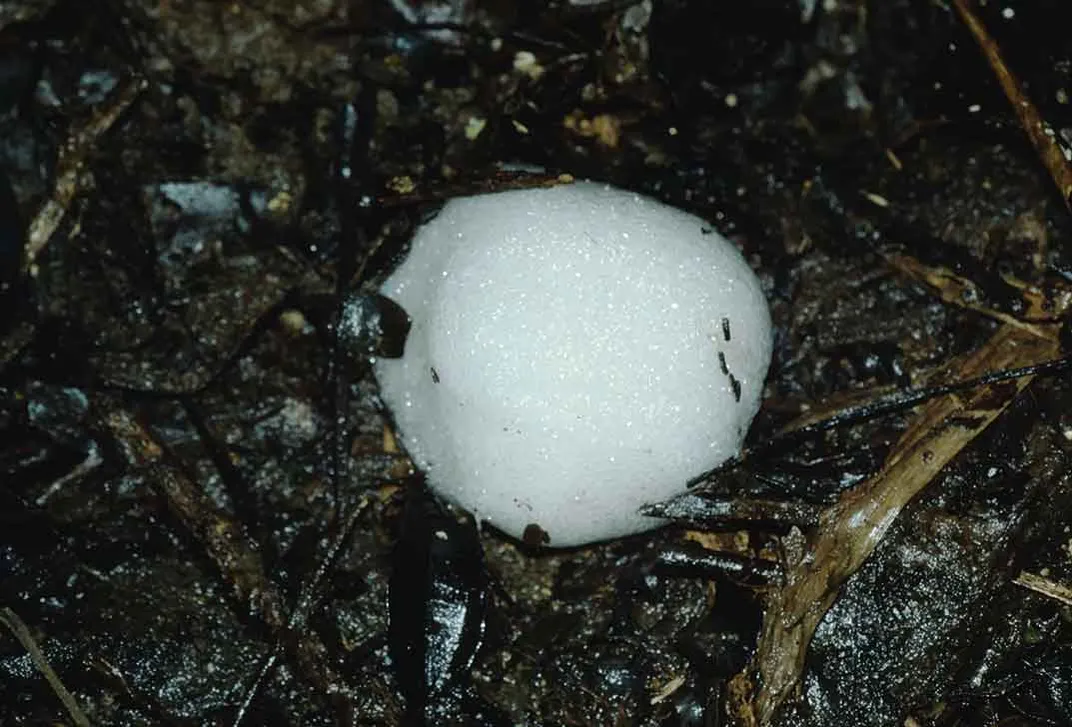
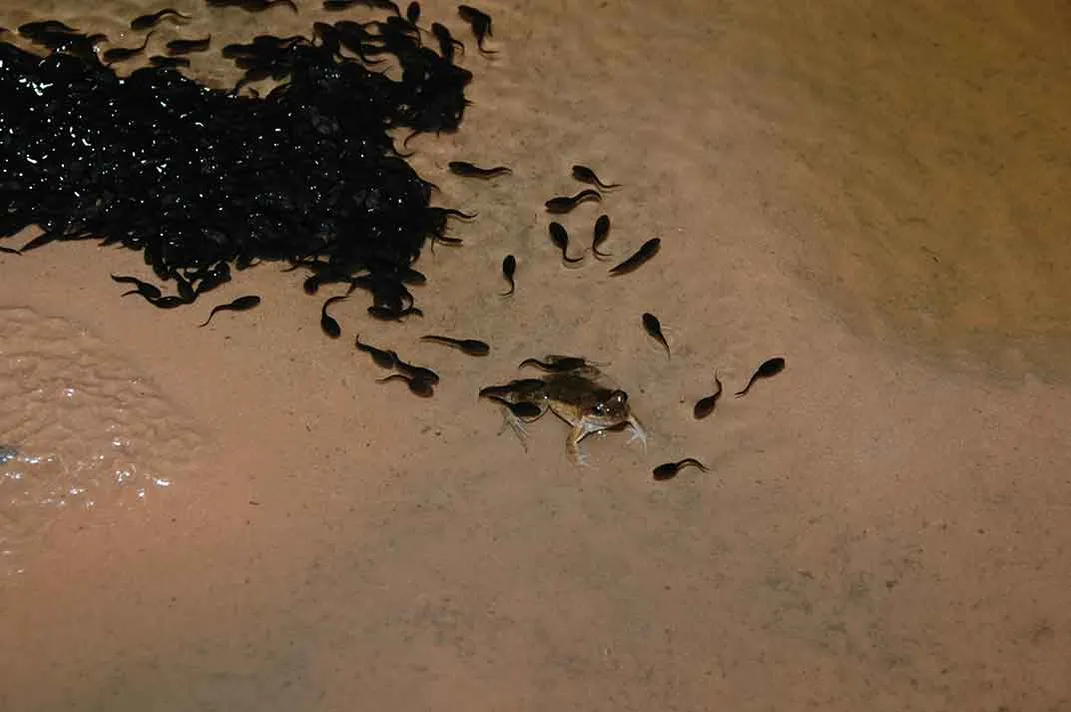
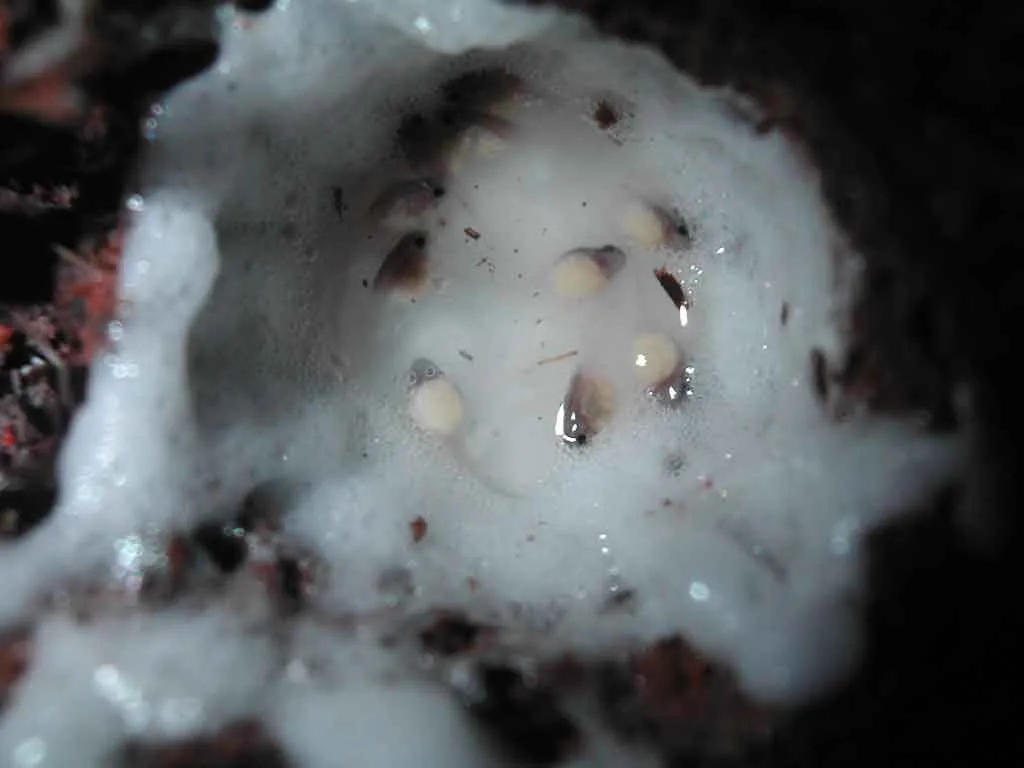
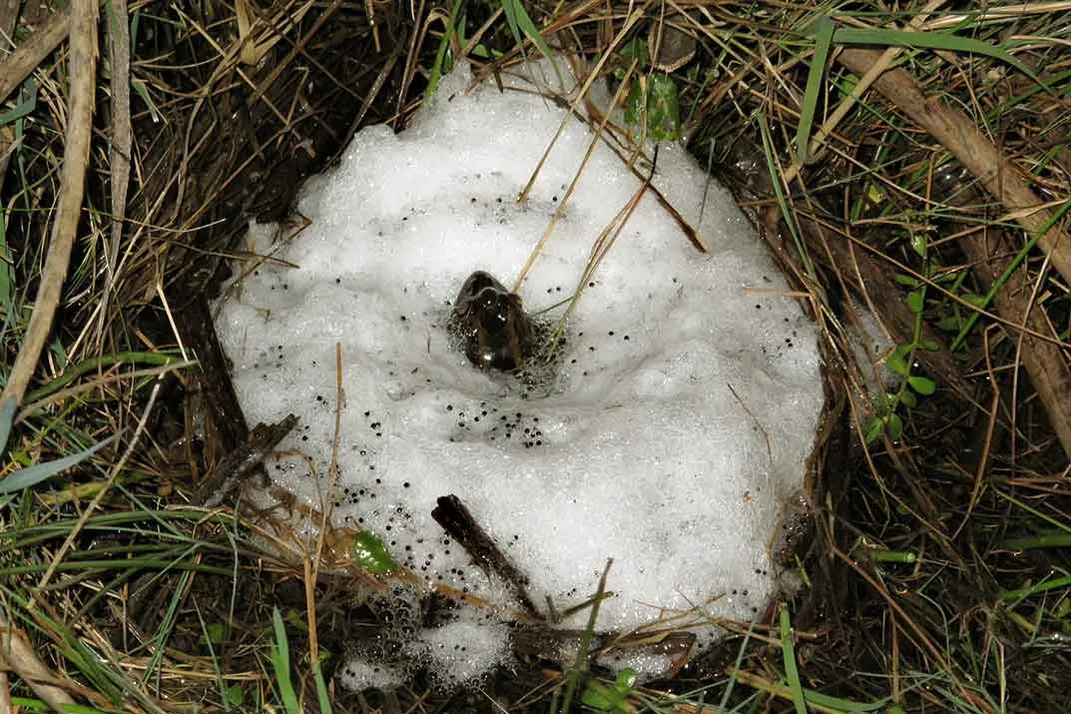
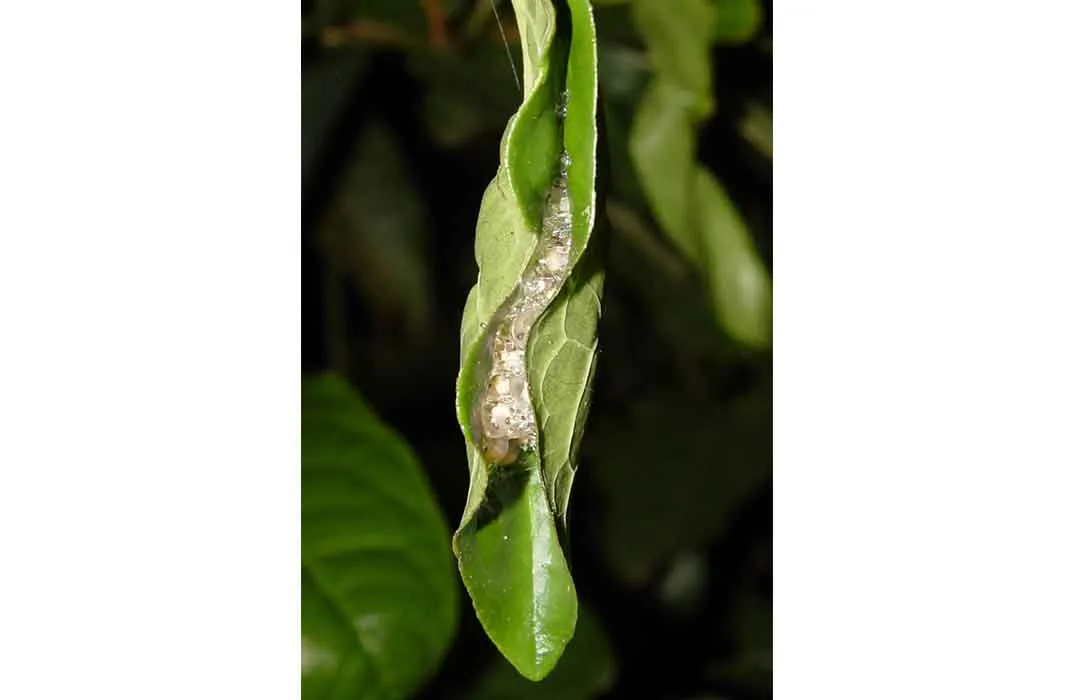
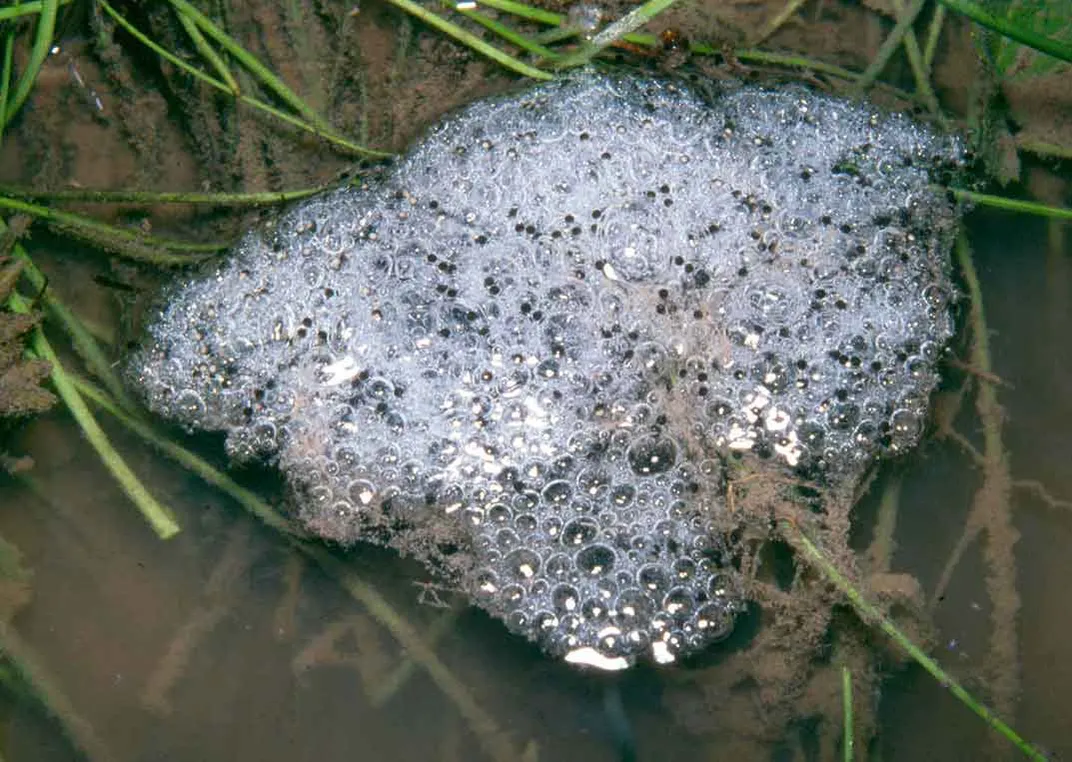
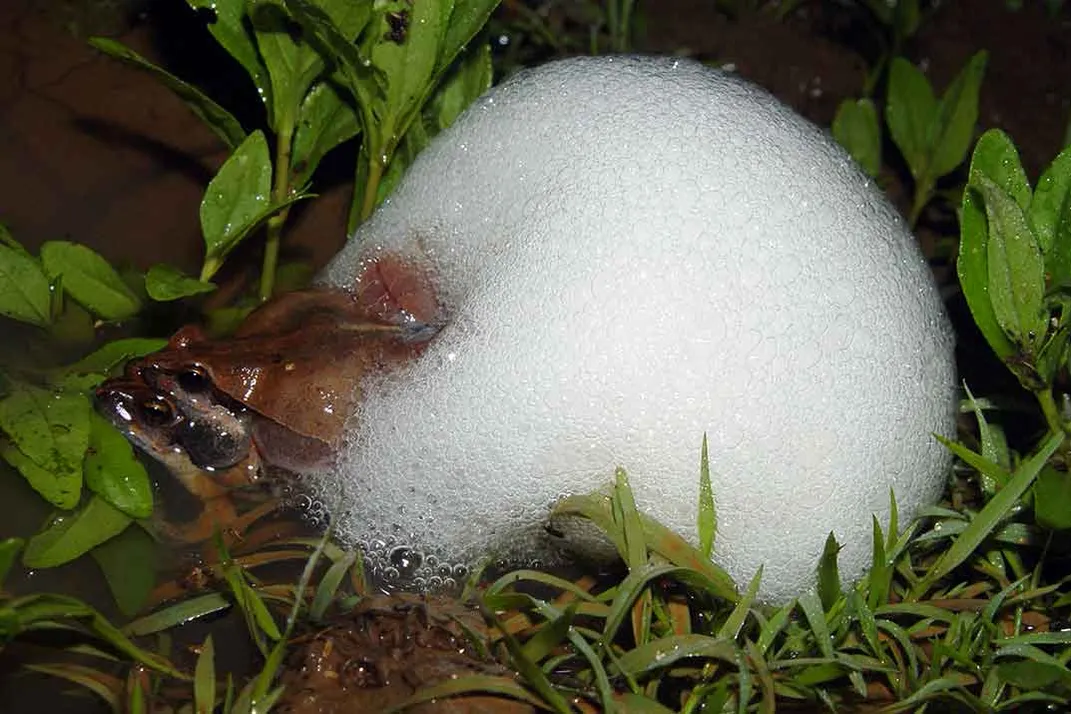
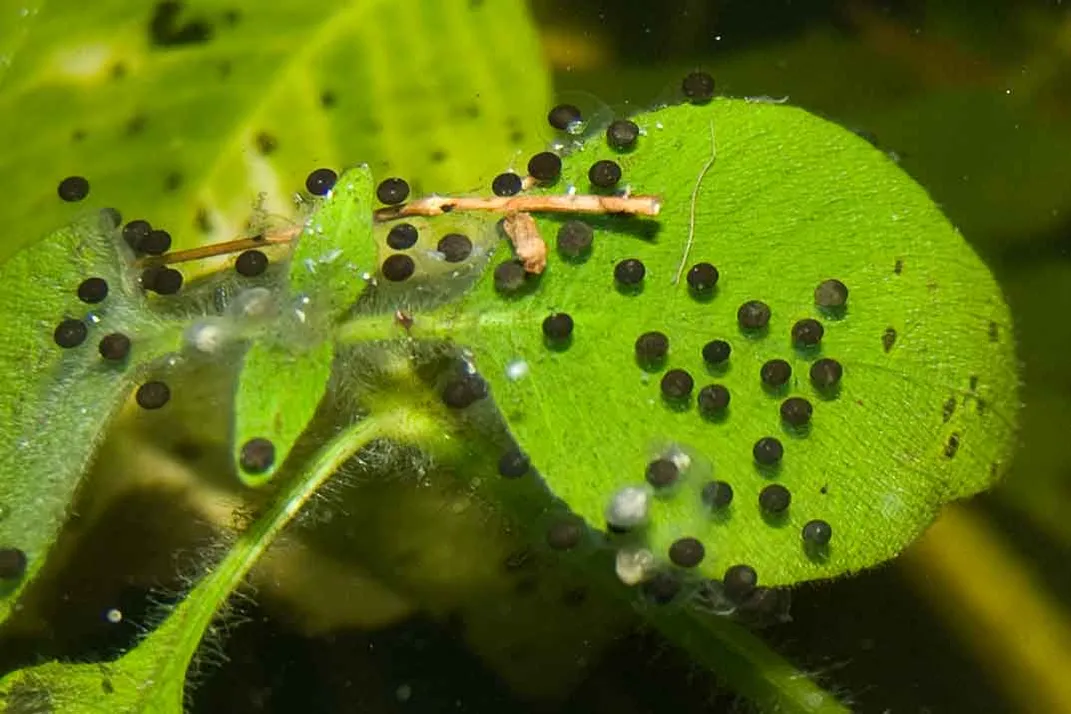
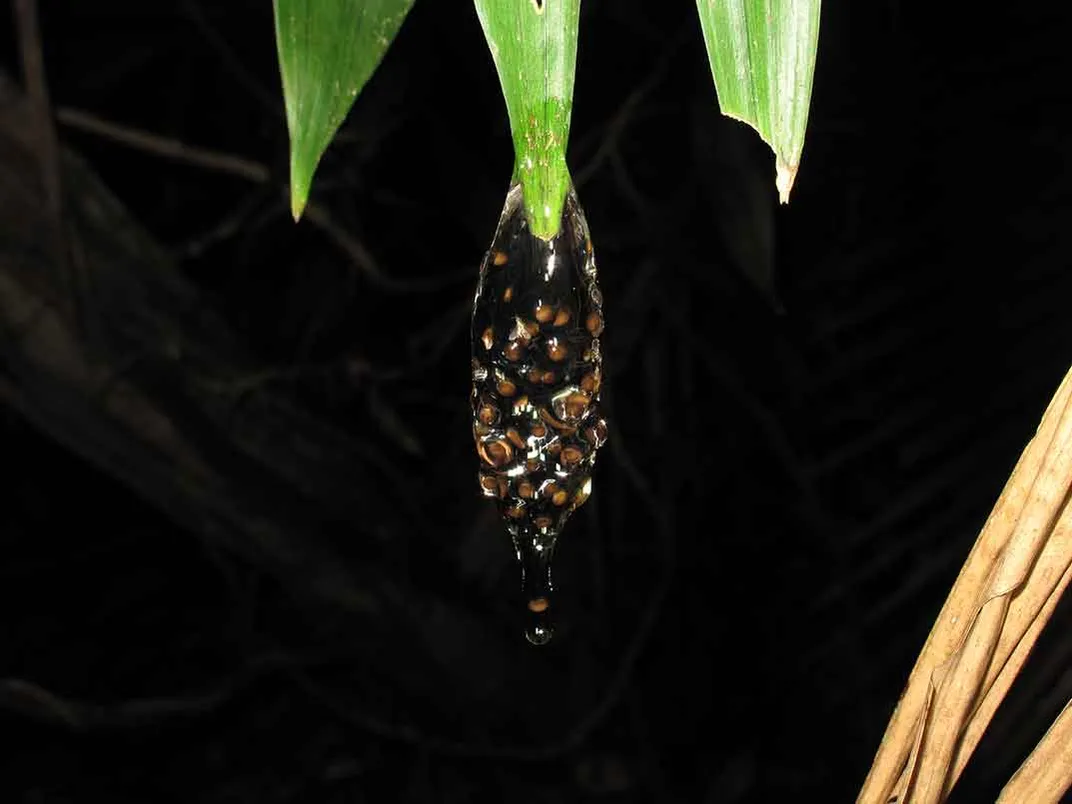



/https://tf-cmsv2-smithsonianmag-media.s3.amazonaws.com/accounts/headshot/JacksonLanders.jpg)